Gimje Horizon Festival (김제지평선축제)
.0M 2024-10-11
442 Byeokgolje-ro, Buryang-myeon, Gimje-si, Jeonbuk-do
+82-63-540-3037
Gimje Horizon Festival takes place in the heart of the Honam rice bowl and is the only place in Korea to see the far-distant horizon. The festival aims to show the importance of Korea’s farming culture, which is an important foundation of the nation, with the theme of the sky and land meeting at the horizon. Many dynamic and active programs are available for festival-goers to participate in before the golden horizon.
Byeokgolje Reservoir Site (김제 벽골제)
99.8M 2024-04-07
442 Byeokgolje-ro, Buryang-myeon, Gimje-si, Jeonbuk-do
+82-63-540-4094
Byeokgolje Reservoir Site is home to the embankment and stele recording reconstruction for Korea’s first ever reservoir. Records show it was rebuilt in the 6th year of King Wonseong of Silla (790), the 21st year of King Hyeonjong and King Injong of Goryeo (1143), and then again in the 15th year of King Taejong of Joseon (1415). It was lost due to heavy rain in 1420 (the 2nd year of King Sejong's reign).
Currently, only about 3 kilometers of straight embankment remains on the site. In 1925, the Dongjin Land Improvement Association remodeled this embankment and used it as a channel for providing water for farming, thus losing a lot of its original appearance. A monument was erected on the north side of the embankment to commemorate the rebuilding of Byeokgolje Reservoir during the Joseon Dynasty. However, it is difficult to read the writing because it is worn out.
In 1975, two sites with water gates that controlled the water in the reservoir were excavated, and the results showed that the construction used large-scale, high-level engineering technology. Byeokgolje Reservoir is not only significant in that it was Korea's first reservoir but also proves that the country’s civil engineering technology was developed enough to build such a reservoir at the time, revealing a groundbreaking fact in the history of science and technology in Korea.
Nearby tourist attractions can be visited together: Byeokgolje Agricultural Museum, where you can get a glimpse of the old agricultural culture, Theme and Experience Space for Agriculture, and Byeokcheon Art Gallery, which displays the works of Na Sang-mok, an Oriental Painting artist in Korea.
* Pets are allowed; however, a leash is required.
Byeokgolje Museum of Agricultural Culture (벽골제 농경문화 박물관)
189.9M 2024-04-06
442, Byeokgolje-ro, Gimje-si, Jeonbuk-do
+82-63-540-4989
The largest irrigation facility in Korea, Byeokgolje Reservoir (Historic Site) is considered the birthplace of Korea’s rice-farming culture. All that remains of the reservoir today are a three-kilometer long embankment that spans from Sinyong-ri to Wolseung-ri in Buryang-myeon, Gimje-si and a monument that was erected in 1415. The Byeokgolje Museum of Agricultural Culture exhibits around 250 artifacts related to rice farming; located within the same complex is an experience center where visitors can discover many properties of irrigation facilities first-hand.
Arirang Literature Museum (조정래 아리랑문학관)
393.0M 2024-04-07
24, Yongseong 1-gil, Gimje-si, Jeonbuk-do
+82-63-540-3934
Located in Gimje, Jeollabuk-do, Arirang Literature Museum (Jo Jung-rae Arirang Literature Museum) was opened in May, 2003. The museum displays materials related to Jo Jung-rae’s novel "Arirang," a work praised to have x_heightened Korea's literature standards in aspects of cultural, literary, and popular value. "Arirang" takes place during the time of Japanese colonization, vividly describing the pain and common racial values which people shared as a whole amidst the suffering and efforts that were made to bring Korea's independence a step closer.
Gimje Munsusa Temple (문수사(김제))
7.7Km 2024-04-07
158, Hwangsan 5-gil, Gimje-si, Jeonbuk-do
+82-63-547-0972
Munsusa Temple, located in Hwangsan-dong, Gimje, is a branch temple of Geumsansa Temple. The temple is located in the heart of nature atop Bonghwangsan Mountain (alt. 100 meters), which is surrounded by the seemingly endless Mangyeong Plains. The temple was built by the great monk Hyedeok Seonsa in the 25th year of King Mu of Baekje after he was visited in his dreams by Munsu Bosal (a Buddhist Saint). The temple was named ‘Munsu’ after ‘Munsugol,’ the original name of the neighborhood in which the temple is located.
In front of the temple stands an ancient zelkova tree whose giant girth measures well over 5 meters. The tree, which is called gwimok (meaning holy, miraculous tree), was recently designated a specially protected tree and is now the focus of preservation efforts. Every January 14th (according to the lunar calendar), local lovernment of Gimje holds a sacred ritual for the tree while the temple holds a ritual to honor the mountain spirit.
Buan Masil Festival (부안마실축제)
10.3Km 2024-04-25
3 Byeolcheonji-ro, Buan-eup, Buan-gun, Jeonbuk-do
+82-63-580-4774
The Buan Masil Festival takes place in Buan, and introduces the local tourist attractions, nature, and culture to visitors.
Shani Motel [Korea Quality] / 샤니모텔 [한국관광 품질인증]
10.8Km 2024-04-07
18 , Dongjung 3-gil, Buan-gun, Jeonbuk-do
+82-63-584-9935
Shani Motel is in Buan, Jeollabuk-do, and is accessibly situated just a 7-minute walk from the Buan Intercity Bus Terminal. Rooms are spacious and neat, and the motel is equipped with accessibility features for physically and visually impaired visitors, including disabled parking spaces, entrance ramps and braille blocks; guide dogs are welcome. Many tourists visit during the Masil Festival in May.
Buan Sports Park (부안스포츠파크)
13.0Km 2024-04-07
31, Cheyukgongwon-gil, Buan-gun, Jeonbuk-do
+82-63-580-3904
Buan Sports Park spans over an area of 82,644 square meters. The park has a natural grass soccer field equipped with 6,700 seats, track and field made with natural rubbers, a torch holder, tennis courts, baseball field, basketball court, footsal field, an in-line skating track, an experience hall for children, a playground, and more, as well as lighting facilities for nighttime events. Other facilities include water fountain, grass performance hall, various types of trees and flowers, benches and rest areas. With accommodations nearby, the park is used as a training facility for teams from elementary school students to even professional athletes.
Donghak Peasants Revolution Memorial Hall (동학농민혁명기념관)
13.5Km 2024-04-06
742, Donghak-ro, Jeongeup-si, Jeonbuk-do
+82-63-530-9454
The Donghak Peasants Revolution Memorial Hall was founded to commemorate the peasants who rose up against corrupt public officials in 1894. The hall presents various educational programs and events.
Hwangtohyeon Donghak Peasant Revolution Commemoration (황토현동학농민혁명기념제)
13.7Km 2024-04-06
742 , Donghak-ro, Jeongeup-si, Jeonbuk-do
• 1330 Travel Hotline: +82-2-1330 (Korean, English, Japanese, Chinese) • For more info: +82-63-538-1894
Through the support of the Jeongeup City Council, the Commemoration of the Hwangtohyeon Donghak Peasant Revolution aims to remind visitors the significance of the invaluable cultural asset that is the Donghak Peasant Revolution. Visitors can learn more about the historic event through various event programs.
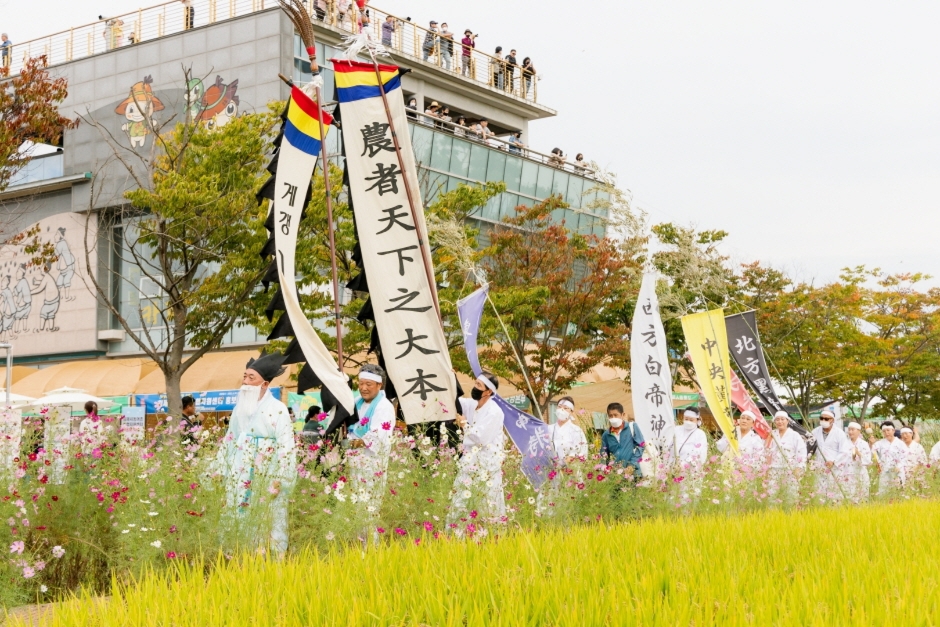
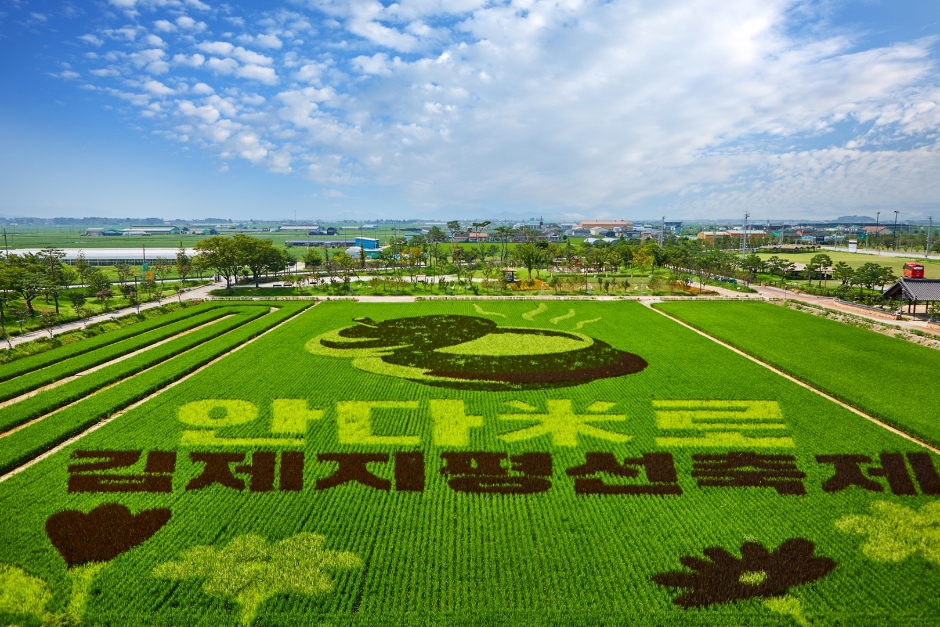
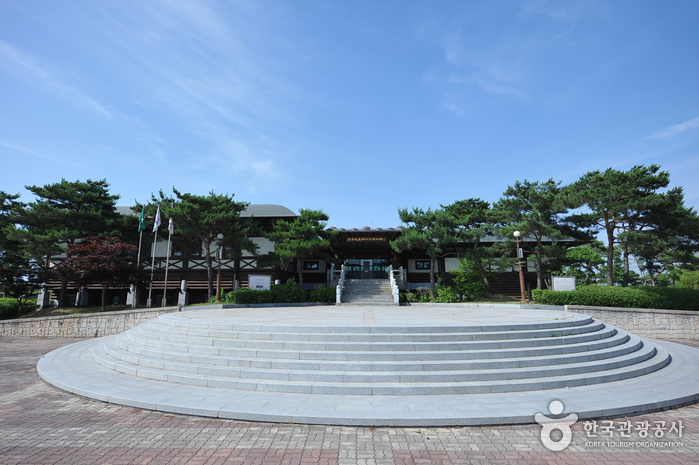
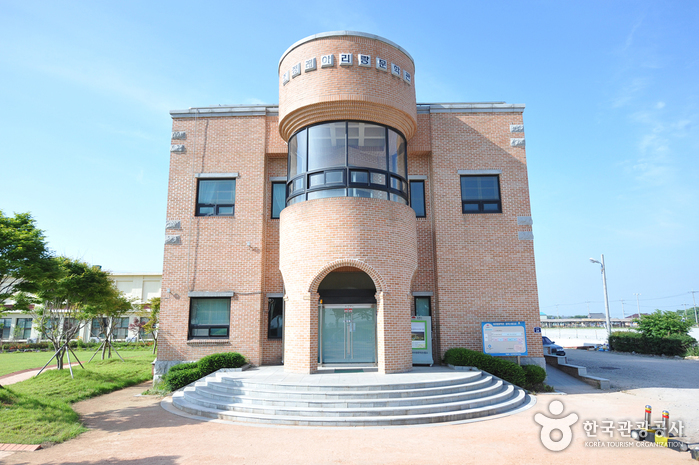

![Shani Motel [Korea Quality] / 샤니모텔 [한국관광 품질인증]](http://tong.visitkorea.or.kr/cms/resource/98/2992998_image2_1.jpg)
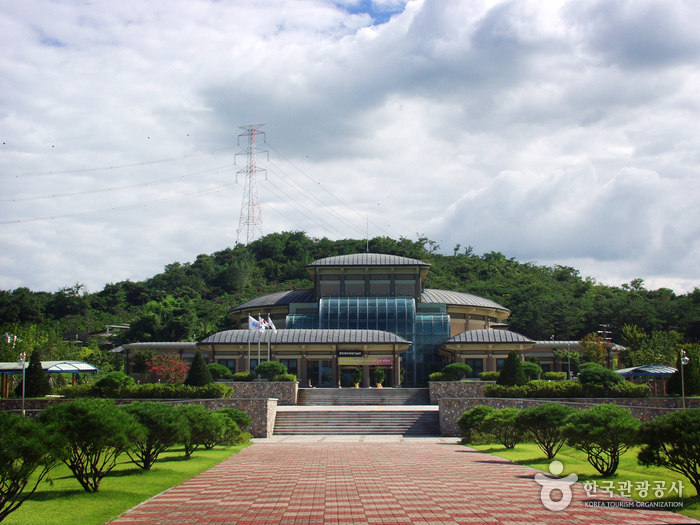
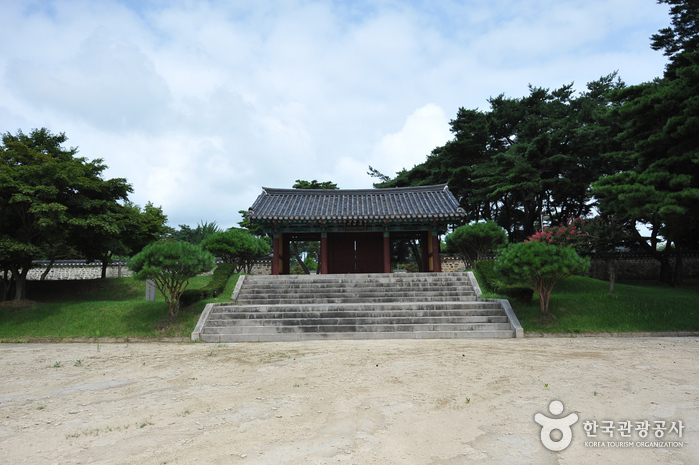
 English
English
 한국어
한국어 日本語
日本語 中文(简体)
中文(简体) Deutsch
Deutsch Français
Français Español
Español Русский
Русский